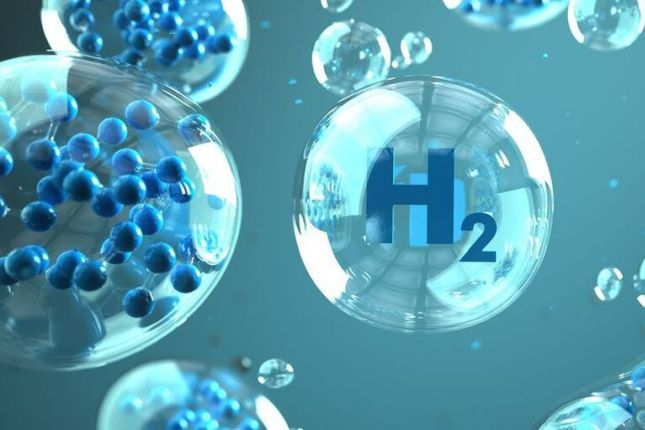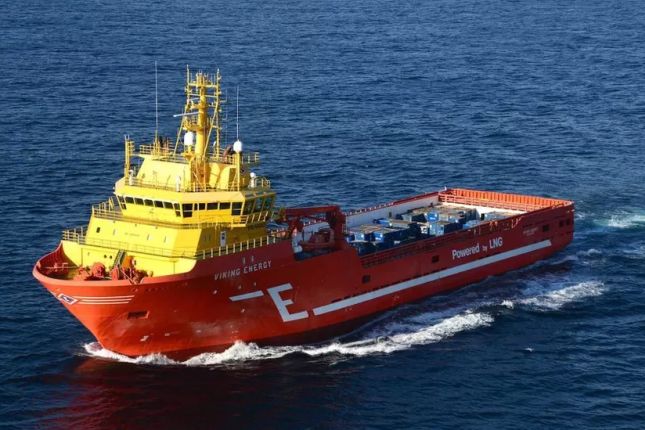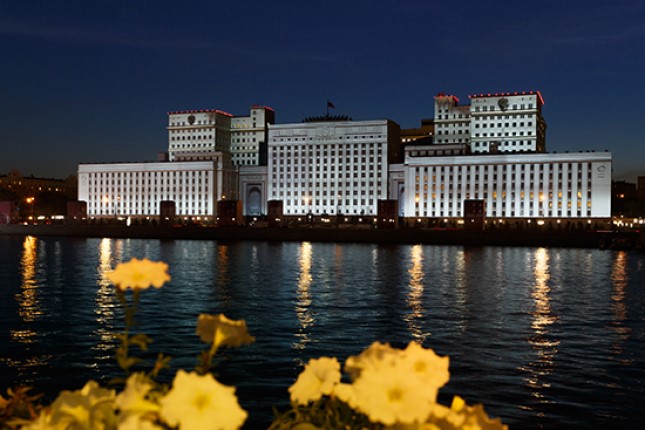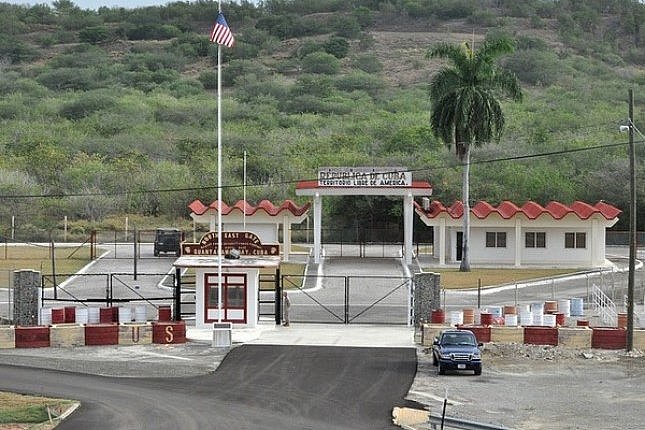Maritime trade generates more than a billion tonnes of CO2 per year; thus, the EU and the US are looking to make it completely carbon-free. But green ammonia and hydrogen didn't work out. Could kites be the solution, or is a more radical green methane solution needed?
Once upon a time, more than 70 years ago, the future of global shipbuilding seemed completely unclear and devoid of fossil fuels. In the 1950s, non-military ships began integrating nuclear reactors enabling them to turn their propellers without running the ship's diesel engines.
Theoretically, modern ships could still incorporate reactors. Suffice it to recall that the most powerful ship diesel engine today weighs 2300 tonnes and operates at 80 megawatts, delivering noticeably less energy per unit of mass than a 1970s submarine reactor.
But there are some obvious problems here: The atom has too high an annoyance potential for use in global shipping. And while South Korea still hopes to equip its commercial ships with nuclear reactors, it is doubtful that it will be able to press through the pressure from the Greens, who would do anything to torpedo such projects.
Consider Germany: It deprived itself of nuclear power at the height of the 2022-2023 energy crisis. How will its ruling green politicians react to the regular arrival of floating mini-NPPs in its ports? It would prove the futility of their titanic struggle to deprive Germany of nuclear power – and they are unlikely to be thrilled at the prospect. And ships that are barred from the world's major ports are not of much use.
But further down the line, the same Greens are demanding a shift away from fossil fuels in global shipbuilding – the good news being that fossil fuels are responsible for 1% of the carbon footprint of all mankind. This means that modern ships with both atom and diesel engines need an alternative.
Hydrogen or green ammonia?
For some time now, green hydrogen has been promoted as a substitute for petroleum fuel in merchant shipping. But its density is only 71 kilograms per cubic meter – an order of magnitude less than petroleum products. It also easily leaks through steel (its molecules are tiny) and requires cooling to -250°. Maintaining these temperatures is very energy-intensive.

Hydrogen. / Webb. Charlotte
When the first experiments demonstrated these conditions (which were obvious even without experiments), the idea of "transporting" hydrogen in green ammonia began to gain traction all over the world. Every molecule of ammonia (NH3) is 18% hydrogen, which means there are 123 kilograms of hydrogen per cubic meter – nearly twice as much has with liquid hydrogen! At the same time, it turns liquid at just -34°, i.e. it does not require the supernaturally complex and energy-intensive cooling of hydrogen. And larger ammonia molecules do not seep through the steel walls of tanks after several months of storage as do hydrogen molecules.
It would seem that is the answer – but there is a complication. The problem is that to produce hydrogen, it is necessary to spend 8.85 kilowatt-hours per kilogram of green ammonia, and then another 5.53 kilowatt-hours for the Haber process that binds nitrogen with hydrogen – a total of 14.38 kilowatt-hours per kilogram. But when ammonia itself is burned it produces only 5.17 kilowatt-hours per kilogram; that is, 64% of the energy used in its production is lost.
One can turn a blind eye to this, and a number of scientific papers and start-ups propose exactly that. After all, it was clear to all that the carbon-free transition would raise energy costs in all areas, and electricity prices in the leading green-transition countries, Denmark and Germany (50% from renewables), clearly confirm this. And they were already the highest in Europe.
But it is precisely this green transition that prevents the blind eye. To replace one kilogram of marine methane fuel (~12 kilowatt-hours) requires 2.4 kilograms of ammonia, or about 34 kilowatt-hours of electricity to produce it.
At German or Danish electricity prices, that's USD 10. At California prices, it's 6 or 7 – just over an order of magnitude above current prices for petroleum-based marine fuel. The world consumes 200 million tonnes of marine fuel per year; that is, even at Californian prices their replacement would cost more than a trillion USD, or 1% of the global GDP. Today, the entire global shipping industry consumes considerably less, even including ship depreciation and sailors’ wages in addition to fuel.
The wind speaks its word
Vincent Bernatets, head of the European startup Airseas (of which Airbus holds a minority stake), emphasizes another important point: Even marine engines are not yet ready for green ammonia. Yes, under certain conditions they can burn it, but not in current marine diesel engines. There are currently no mass-produced, efficient engines that can handle green ammonia, and due to different flash parameters, it is unknown when such internal combustion engines will be available. But the carbon footprint needs to be reduced now, not in some unknown future.
That's why Bernatets’ company is promoting SeaWing technology with which, instead of conventional sails, a sea vessel moves with help from a kite launched at a height of 300 meters (where the winds are stronger and more stable), making figure eights above the ship.
The advantages of kites over traditional sails are quite convincing. Sails are difficult to use at a high angle with the wind, but with a figure-eight kite a ship can move forward even when the wind is blowing sideways. Yes, there are headwinds, but the kites are designed to reduce fuel consumption by 20%, not zero it out.
A huge advantage of this new technology over masts with sails is the reduced material intensity. A kite can also be flown over a container ship whose deck is full of cargo containers, leaving no room for masts. These kites, which are already being tested on real merchant ships, are monitored by an autopilot and one human operator – much easier than using large masts.
The key point is that everything is already available for this technology: There is no need to wait 10 years for internal combustion engines that can efficiently burn liquid ammonia. Yes, the sails would not replace engines completely, but they can reduce the carbon footprint now, not sometime in the future.

Viking Energy, one of Norwegian shipping company Eidesvik’s supply vessels, is to be fitted with a high-temperature fuel cell for ammonia operation by 2023. / Eidesvik
Green methane: the last word?
Even better than ammonia is the hydrogen and methane molecule: 25% of the mass of natural gas is hydrogen. One cubic meter of LNG contains more than 160 kilograms of hydrogen – more than twice as much as liquid hydrogen itself. Plus, as with ammonia, there is no leakage through steel. The methodology of LNG transportation has long been established. In fact, 5% of the world's ship transportation already uses such natural gas. The only thing that prevents the greens from considering methane "green" is the fact that it comes from fossil fuels.
However, there are significant opportunities here as well. No one is even talking about methane from biogas anymore: Its purification process is problematic, and biogas is too variable in composition to excite shipowners.
But there is a workaround: e-methane, the synthetic natural gas produced from green hydrogen and carbon dioxide. The Belgian company Tree Energy Solutions is already developing this solution for Germany.
Of course, in such a system the most important role is played by CO2 production. The plan is to take it not from the air (such liquefaction would be very expensive), but from the products of the combustion of thermal power plants, and then from the combustion of the same green methane. Of course, capturing such gases and running them through the Sabatier process means that green methane will provide energy no cheaper than green ammonia. That is, the world's shipbuilding industry will become 1% of the global GDP more expensive by switching to green methane.
But does it really matter? We can already see from Germany and Denmark that the green transition will be very expensive and energy intensive, no matter how you turn it. Against this background, the transition to green methane would not seem so unusual, and thus would be quite acceptable psychologically.
Besides, existing marine engines can be easily converted to methane (to repeat: 5% of the world's shipping already runs on it), and this does not require a dozen years of R&D, as with ammonia. It seems that green methane is the future of shipping – at least in the West, as the third world is unlikely to be willing to double or triple its maritime shipping costs.
Main Photo: Container ships and oil tankers wait in the ocean outside the Port of Long Beach-Port of Los Angeles complex, amid the coronavirus disease (COVID-19) pandemic, in Los Angeles, California, U.S., April 7, 2021. © REUTERS/Lucy Nicholson

































